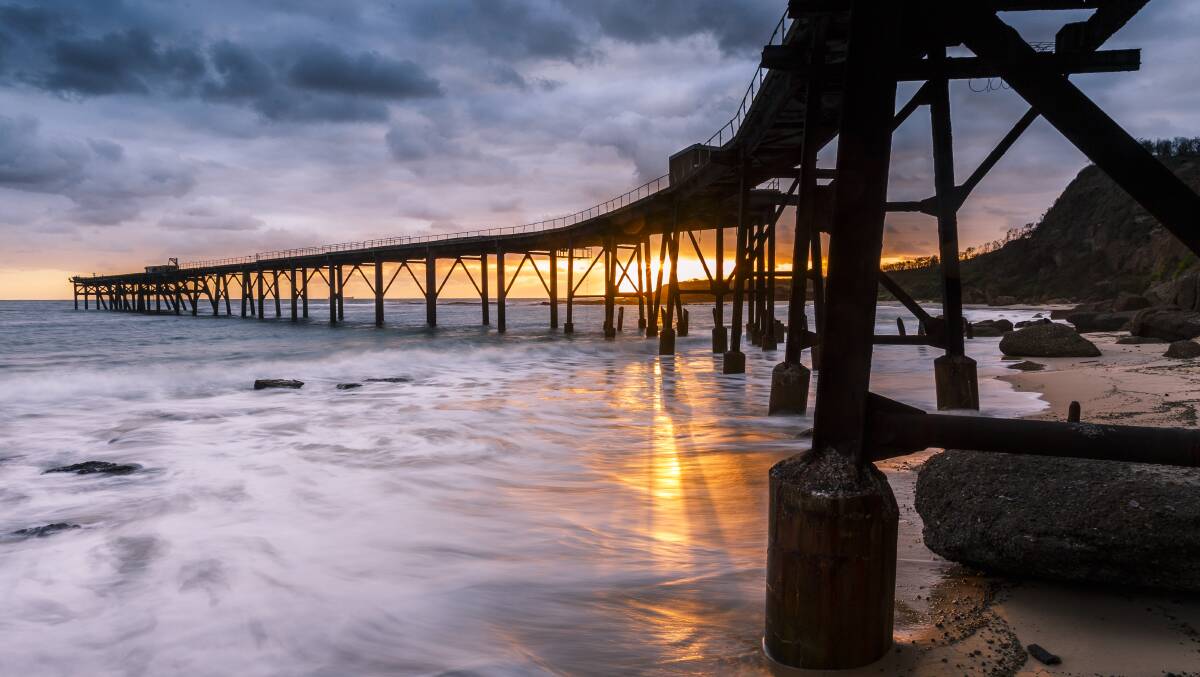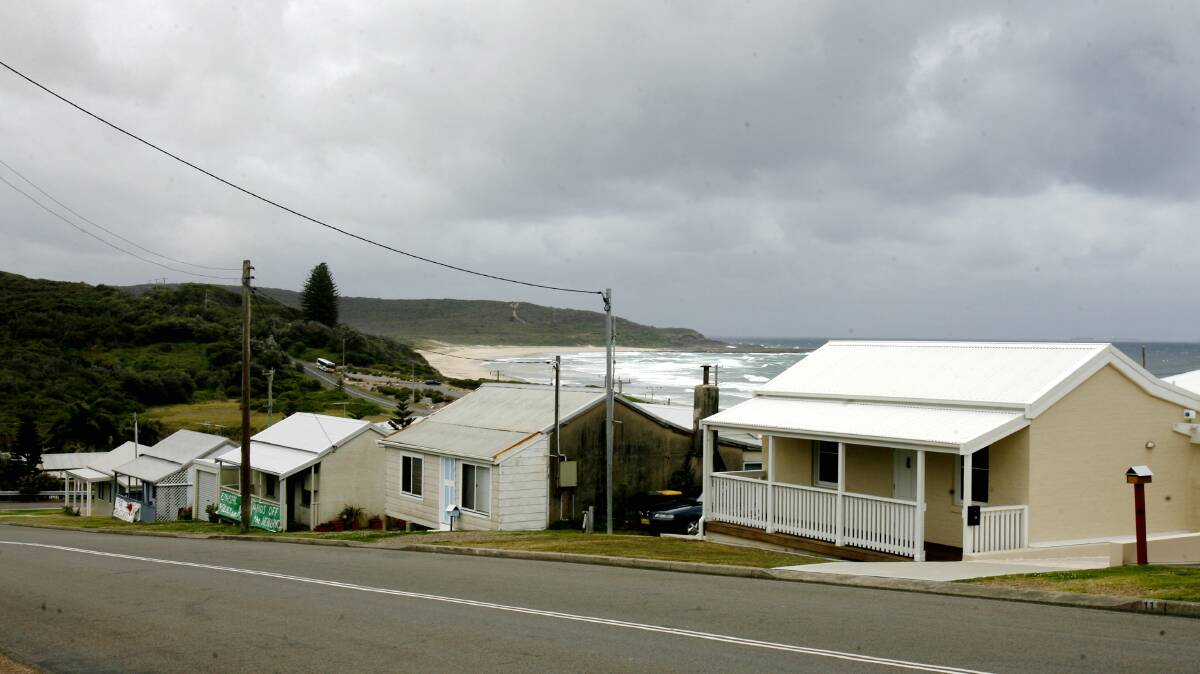
CATHERINE Hill Bay has a new land battle, with Lake Macquarie businessman Darren Nicholson determined to make progress on property at the northern end of the town he bought last year from mining company Coal & Allied.
Subscribe now for unlimited access.
or signup to continue reading
Mr Nicholson, a self-described “Belmont boy” with numerous business interests here and abroad, has owned the freehold on the Catherine Hill Bay hotel for almost a decade.
Early last year he struck a remarkable deal with Coal & Allied, picking up its approved 220 lot subdivision at the northern end of the town, 16 houses in the historic township, plus vacant land at the northern end of the town between Catherine Hill Bay Bowling and Community Club and the beach for an amount that Catherine Hill Bay Progress Association says the figure is on the public record at $3.5 million.
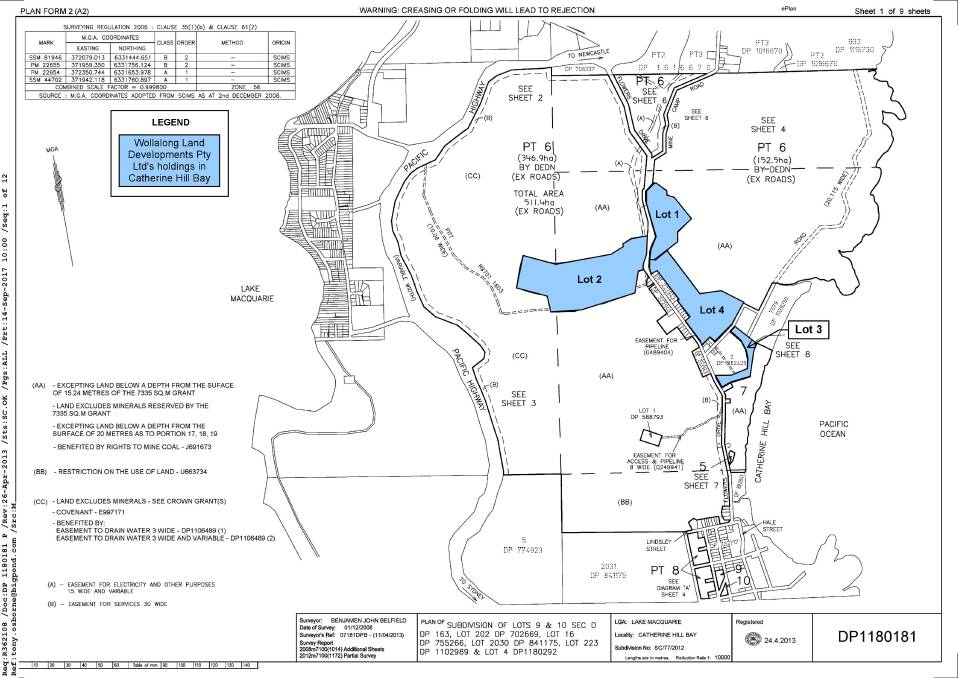
Asked why C&A would sell so cheaply, Mr Nicholson said the northern subdivision had a controversial history and had been on the market for some time with no takers. As for the houses, most would be knocked down if the subdivision went ahead as planned, although four in a place called “Slack Alley” – slack is a mining term, apparently – would not.
While the recent focus at Catho has been on the Rose Group’s Beaches estate and its push to have treated wastewater pumped into a creek that empties out into the main beach, the Nicholson proposal is also causing unrest in the town.
The Catherine Hill Bay Progress Association, which fought hard for years to win heritage status for the historic mining village when the Rose Group and C&A developments were first proposed, says it accepts that Mr Nicholson has the right to develop the subdivision on the way into town at its northern entrance.
But it’s his proposal to move the pub to the site where the bowling club now stands, along with what the association says is the potential for “infill housing” in the main heritage village, that are causing the concern.
Mr Nicholson denies he has any plans for “infill housing”. He says he is not wedded to the idea of the 220-lot subdivision and is open to redesigning it into larger rural-residential lots as “a better outcome” for the heritage-protected village.
But he does want to move the pub from where it stands in Clarke Street at the southern end of the beach, about 200 metres inland from the famous Catho jetty, to a site about one kilometre away at the northern end of the beach where the bowling club stands on the main road, Flowers Drive, near the historic beach-side cemetery.
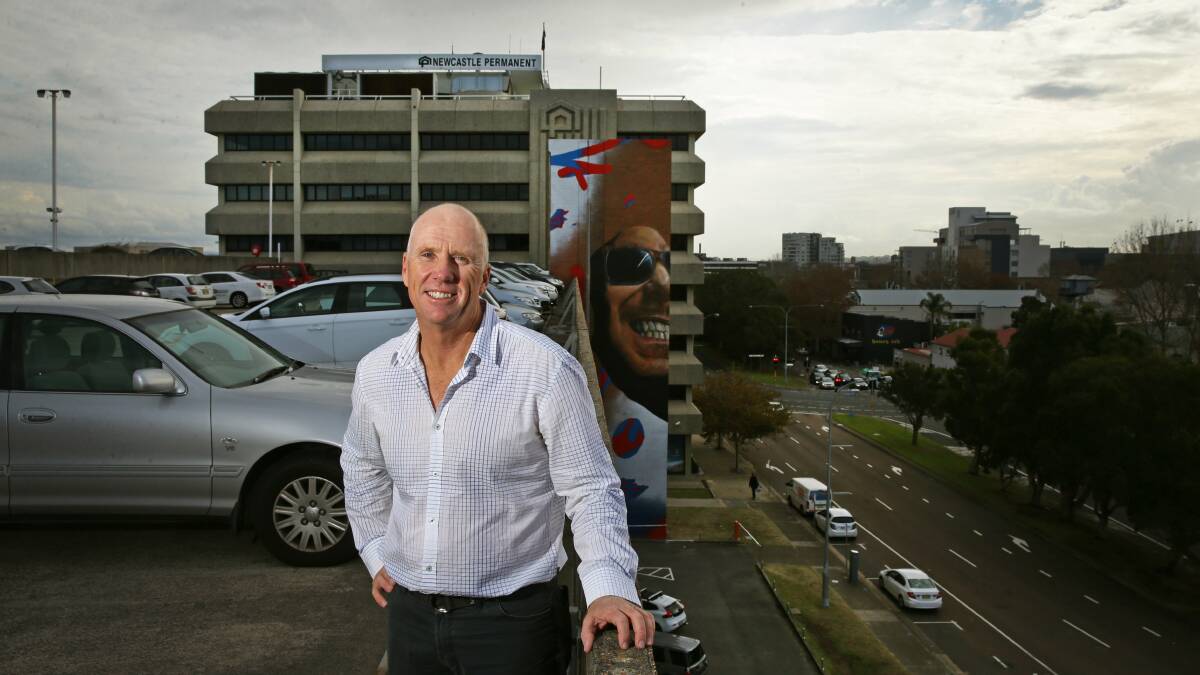
The bowling club, which stands on Lake Macquarie City Council land, has been closed since late last year because of asbestos concerns. Mr Nicholson says the club building is an eyesore in a heritage village, and should be knocked down to make way for some sort of licensed venue with community facilities that he says would be a “win-win” for the community.
He sees Newcastle’s Surf House as the model for what he thinks is possible there.
As far as the four Slack Alley houses are concerned, he says they are all standing on the one large block of land, and he wants to subdivide that site into four lots, one for each house, and can’t see what the fuss is about.
Progress association president Sue Whyte, whose late husband was the town’s GP for many years, says “Mr Nicholson has his approval for the subdivision, and it’s up to him whether he proceeds with this or not”.
“What the progress association is concerned with is his wish to build ‘infill housing’ in the heritage village,” Ms Whyte said.
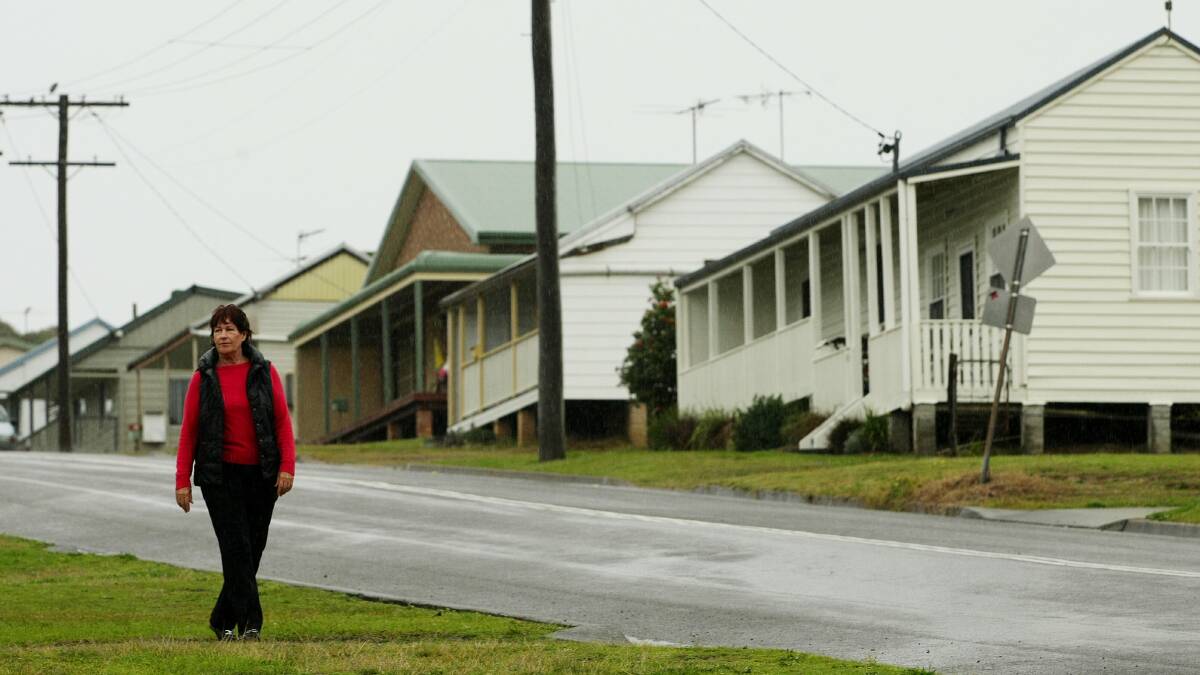
“He has no approval for this. The association is concerned about his wish to buy the bowling club site from the council and to develop a hotel on it. Then there’s his wish to have a large four-lot subdivision in the land behind the houses at the northern end of town between Flowers Drive and the sea. He has no approval for any of this.
“The subdivision application, the council-owned land and the place where he wants infill housing are all within the curtilage of the heritage township and he would need permission from the Heritage Council to achieve this.”
Despite Ms Whyte’s assertions that “the town is against him”, Mr Nicholson says a number of progress association members have told him they supported his plan and were willing to see what was possible.
“It’s not a progress association, it’s a regress association, because it’s not really representing the whole community,” Mr Nicholson said.
Ms Whyte is only too happy to return serve, saying Mr Nicholson “will say anything to suit the conversation, and while he says the community is behind him, they are not”.
“Calling us a ‘regress association’ – that’s an oldie,” Ms Whyte said.
“We’ve given him a formal invitation to come to our group with a proper presentation. He was coming to our meetings, sitting at the back of the room taking notes. We can’t do our stuff with him sitting in the room.
“Our meetings are open to all residents but he has used our openness against us.”
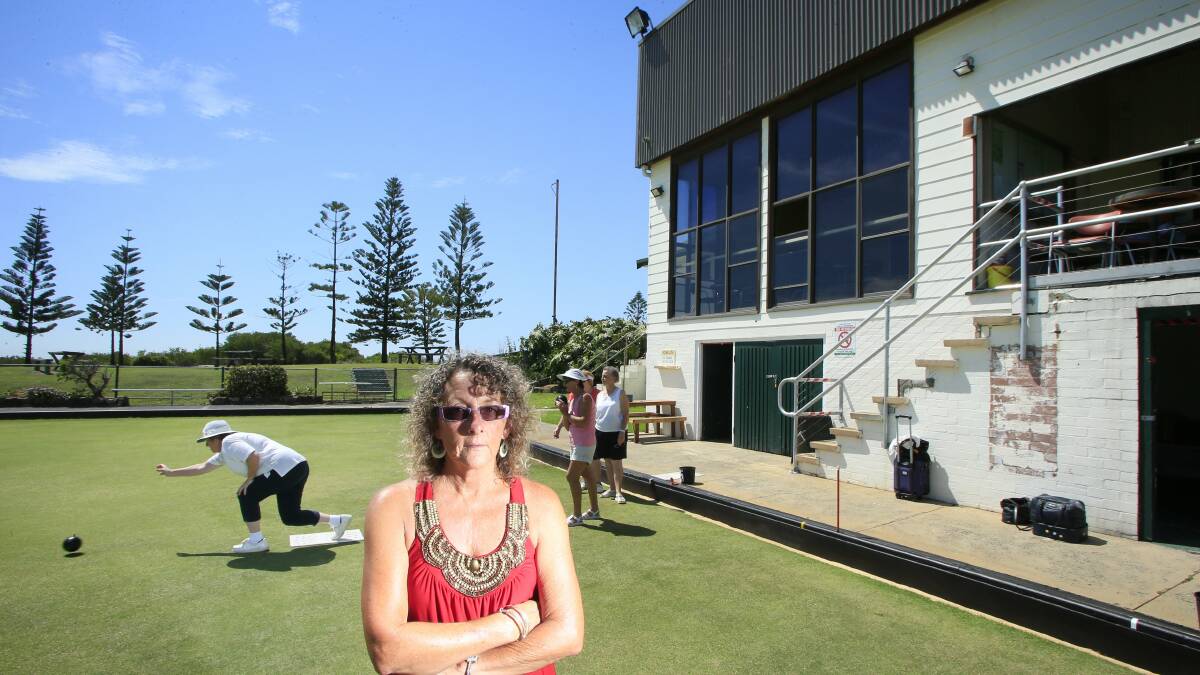
Ms Whyte said Mr Nicholson had been told in writing he was no longer welcome at progress association meetings, in the same way that residents of the Beaches estate had been encouraged to form their own organisation, with a “structure in place” to allow representatives of the Beaches group to discuss things with the progress association.
To fully understand the Catho situation, a quick history lesson is useful. Coal & Allied and its predecessor companies had mined in the area for more than a century, and the town was established as a pit village for mineworkers, not a beach holiday destination. Despite its picture postcard locale, few houses have views of the water.
The southern, pub end of the town is known as Main Camp. The other, northern end is called Middle Camp. Ms Whyte said it was known as Middle Camp because the houses to the far north used to be called Mine Camp.
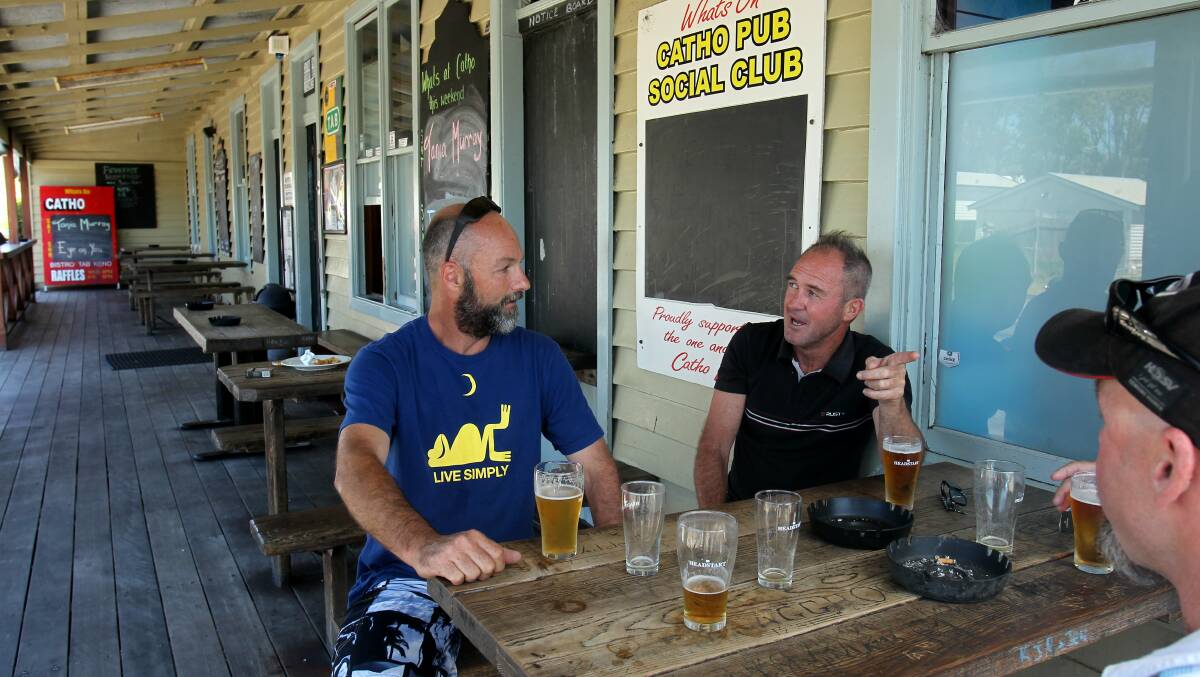
In the 1980s, with mining coming to an end, the general belief was that C&A would rehabilitate the land and return it to the state as part of a buffer zone between Lake Macquarie and the Central Coast.
But it sold the colliery in 1993, setting in train the process that resulted in the Rose Group development, while holding on to the land it owned in and around the town.
Both the Rose Group land and the C&A proposal caused massive controversy at the time, and the C&A project was only finally approved by the Planning Assessment Commission in 2012.
The progress association says Mr Nicholson wants the rural-residential lots because it’s cheaper to do than the subdivision. Mr Nicholson says cost does come into it. He says “it’s a balance, in that more is not always better”.
A full residential subdivision would require him as developer to sewer and water the properties.
An earlier proposal to have the two Catho developments and another a few kilometres away all serviced together did not come to fruition, and Rose Group put in its own sewage and water.
If the Nicholson subdivision was rural-residential, the buyer would likely be responsible for those services.
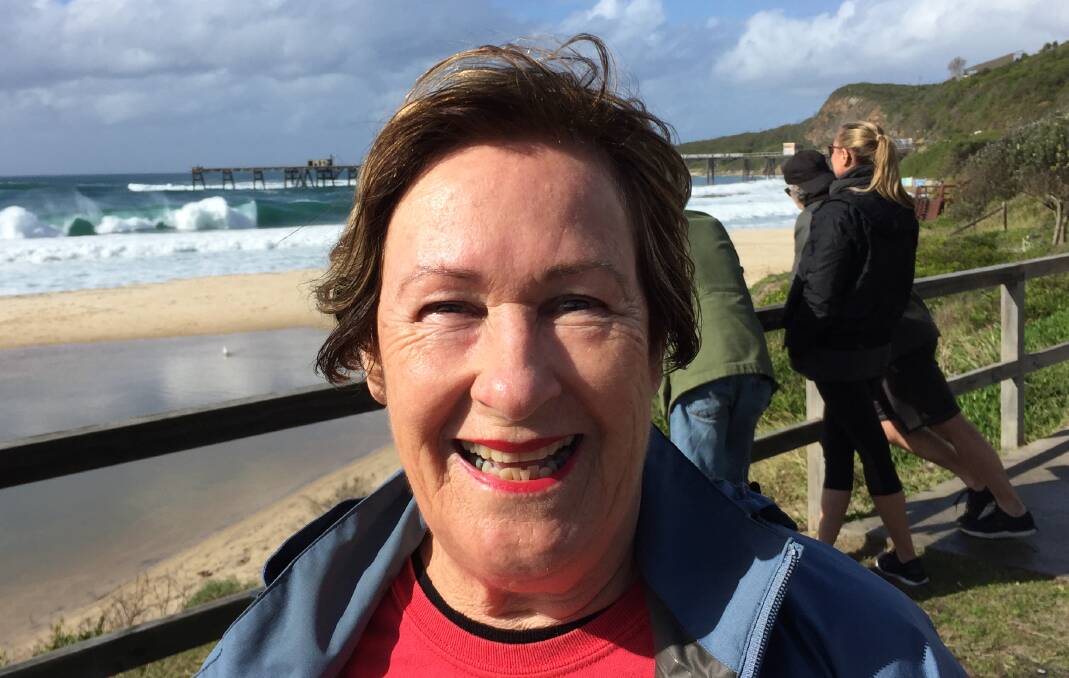
Who is Darren Nicholson, the man behind the headline?
Darren Nicholson is one of the Hunter region’s most successful business identities, and one who has worked hard to keep his achievements low-key.
But when you take on something as controversial as a Catherine Hill Bay housing estate, the attention is bound to follow, whether you want it or not.
As it happens, Mr Nicholson features reasonably regularly in the media, but usually for his exploits in his chosen sport of ocean speedboat racing.
He has his own team, 222 Offshore, racing a twin-hull boat powered by a 1000-horsepower engine.
He also gained column space a few years back when he bought two Newcastle City Council carparks, and then again more recently when he was happy to have them adorned with giant murals by well-known street artists.
Owning ocean-racing teams and multi-storey carparks takes money, and Mr Nicholson began with a building company, Lake Constructions, after the 1989 earthquake.
The company website describes Mr Nicholson as a third-generation steelworks employee. In his case, he did a carpentry apprenticeship.
After Lake Constructions came Lake Maintenance, which began in 1998 maintaining Central Coast Department of Housing properties. It now manages 50,000 properties across Australia.
The website lists other investments including a 500-lot subdivision in New Zealand and various Hunter projects including a government offices building at Nelson Bay.
Mr Nicholson is a former champion sailor, along with his famous brother Chris Nicholson.
